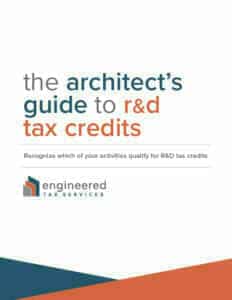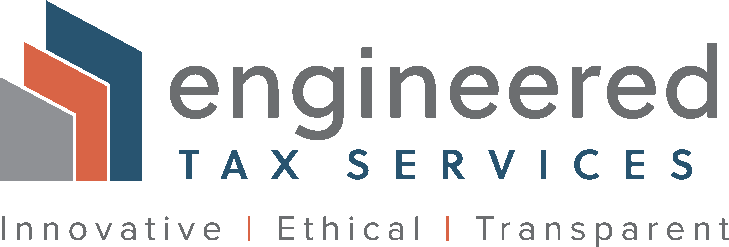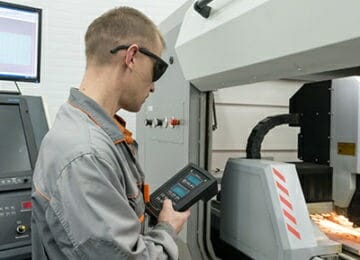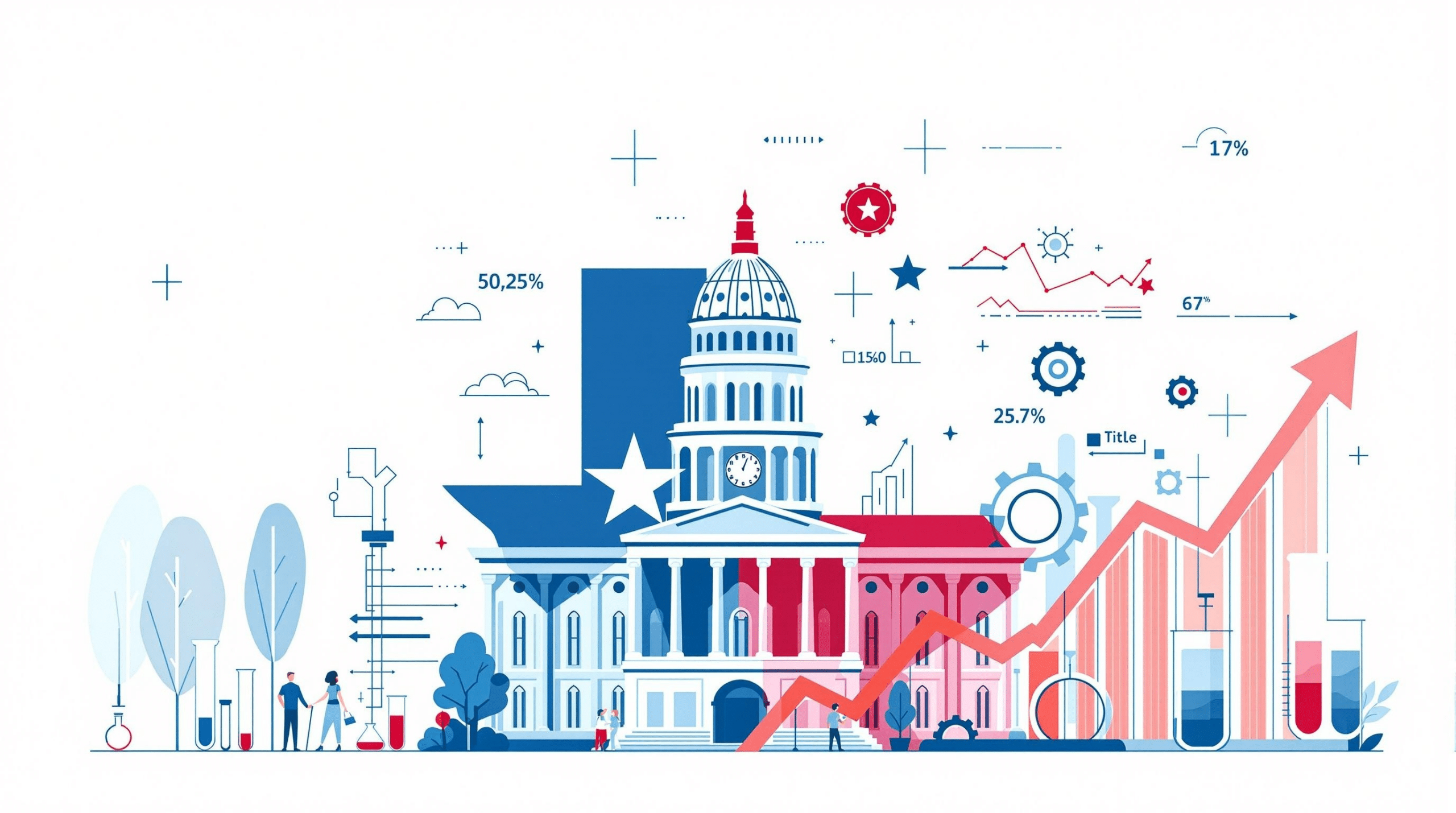Coding for Credits: R&D Tax Benefits in Software Development
The software development industry is a hotbed of innovation, with developers constantly creating new products, processes and inventions. The technological nature of this field makes it an ideal candidate for federal research and development (R&D) tax credits. If you're a software developer, these tax credits can provide significant financial benefits, reimbursing you for your innovative efforts and qualified research expenses.

Understanding the Criteria for R&D Tax Credits in Software Development
To qualify for the R&D tax credit, your software doesn’t have to be new to the world—only new to your company. However, the IRS categorizes all software into one of two types: external use (or third-party) software and internal use software. Each type is evaluated according to different criteria, as outlined below.
External Software Criteria
External software is intended for sale, lease or license to customers. Examples of external-use software applications that may qualify include:
- Document management systems
- Educational software
- Marketing software
- Firmware
Internal Software Criteria
Internal use software is designed to support a business internally, used for administrative, financial or HR management purposes or to accomplish support services within a business. However, internal software must meet more stringent requirements. It must be highly innovative and unique in the marketplace. In addition to the four-part research test, internal use software must meet a heightened three-part test:
- The software must be highly innovative.
- Its development must introduce significant economic risk.
- A similar product must not be available commercially.
To determine the presence of significant economic risk, the internal software must pass an additional two-part test. Your company must commit significant resources and there must be substantial uncertainty involved.
Case Study
Qualifying Activities for R&D Tax Credits in Software Development
The IRS recognizes a wide range of activities in the software industry as qualifying for the R&D tax credit. Some examples include:
- Alpha/beta testing
- Application and platform design and testing
- Coding, programming and testing (such as for functional, integration or user interface purposes)
- Developmental cloud computing activities
- Creation of new architectures, algorithms or database management techniques
- Software and hardware product development to further communication and interaction
- Specialized technology design (such as for image processing, artificial intelligence or speech recognition)
- System software development (for example, operating systems or compilers)
Getting an R&D Tax Credit Analysis to see if you qualify is the first step!
eBook: The Architect's Guide to R&D Tax Credits


This comprehensive e-book is designed to help you recognize which of your activities qualify for R&D tax credits!
Webinars: R&D Tax Credits
Testimonials: Our valued clients










